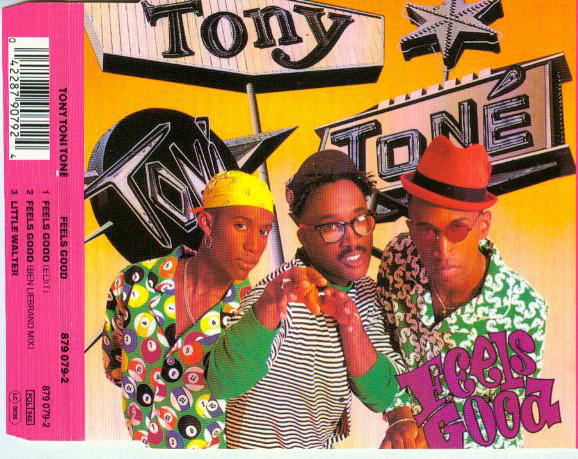The history of New Jack Swing, from Keith Sweat to Mary J. Blige

Bruno Mars is amazing: a shapeshifting artist seemingly engineered to synthesize the history of pop music and overcome all critical resistance. His latest single with Cardi B, “Finesse,” is a perfect pastiche of the aesthetics of early 1990s pop radio R&B, from TLC videos to In Living Color’s Fly Girls and that Bell Biv Devoe snare drum.
I should say, it’s a pastiche of a particular subgenre of R&B — remember when R&B was dominant enough to have subgenres? — and hip-hop, one called New Jack Swing. New Jack Swing sort of emerged from the Minneapolis sound of Prince and Janet Jackson in the late 1980s, borrowing turntable scratching, stop-start percussive beats, and especially dancing and dance beats from hip-hop.
New Jack Swing helped break R&B out of its respectability ethos — think Whitney Houston, Anita Baker, etc. — and its reliance on tropes from soul, funk, and gospel music. It also had a transformative effect on hip-hop, helping it find a place on R&B radio, then dance shows, MTV, and the Top 40 charts. It was arguably even more successful at changing pop music in that period than alternative and grunge music were. And it’s some of the best pop music you’ve ever heard, music that turned producers like Teddy Riley and Bernard Belle, Babyface and LA Reid, and Jimmy Jam and Terry Lewis into stars.
Inspired by Mars’s callback, MacArthur genius Lin-Manuel Miranda and Prince superfan Anil Dash teamed up to create a short primer to New Jack Swing. It’s a Spotify playlist, and despite its overlooking the later Teddy Riley work with Wreckz-n-Effect and Blackstreet, it’s magnificent. It certainly gives you all the tools to properly appreciate / hate on Mars’s appropriation of the genre.





Stay Connected